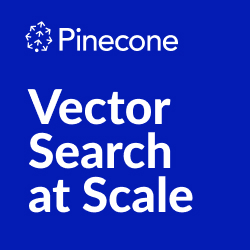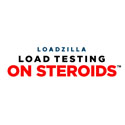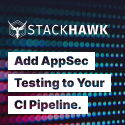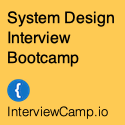Beta testers wanted for ultra high-scalability/performance clustered object storage system designed for web content delivery
 Thursday, February 5, 2009 at 3:05AM
Thursday, February 5, 2009 at 3:05AM DataDirect Networks (www.ddn.com) is searching for beta testers for our exciting new object-based clustered storage system. Does this sound like you? * Need to store millions to hundreds of billions of files * Want to use one big file system but can't because no single file system scales big enough * Running out of inodes * Have to constantly tweak file systems to perform better * Need to replicate content to more than one data center across geographies * Have thumbnail images or other small files that wreak havoc on your file and storage systems * Constantly tweaking and engineering around performance and scalability limits * No storage system delivers enough IOPS to serve your content * Spend time load balancing the storage environment * Want a single, simple way to manage all this data If this sounds like you, please contact me at jgoldstein@ddn.com. DataDirect Networks is a 10-year old, well-established storage systems company specializing in Extreme Storage environments. We've deployed both the largest and the fastest storage/file systems on the planet - currently running at over 250GB/s. Our upcoming product is going to change the way storage is deployed for scalable web content and we're seeking testers who can throw their most challenging problems at our new system. It's time for something better and we're going to deliver it.














